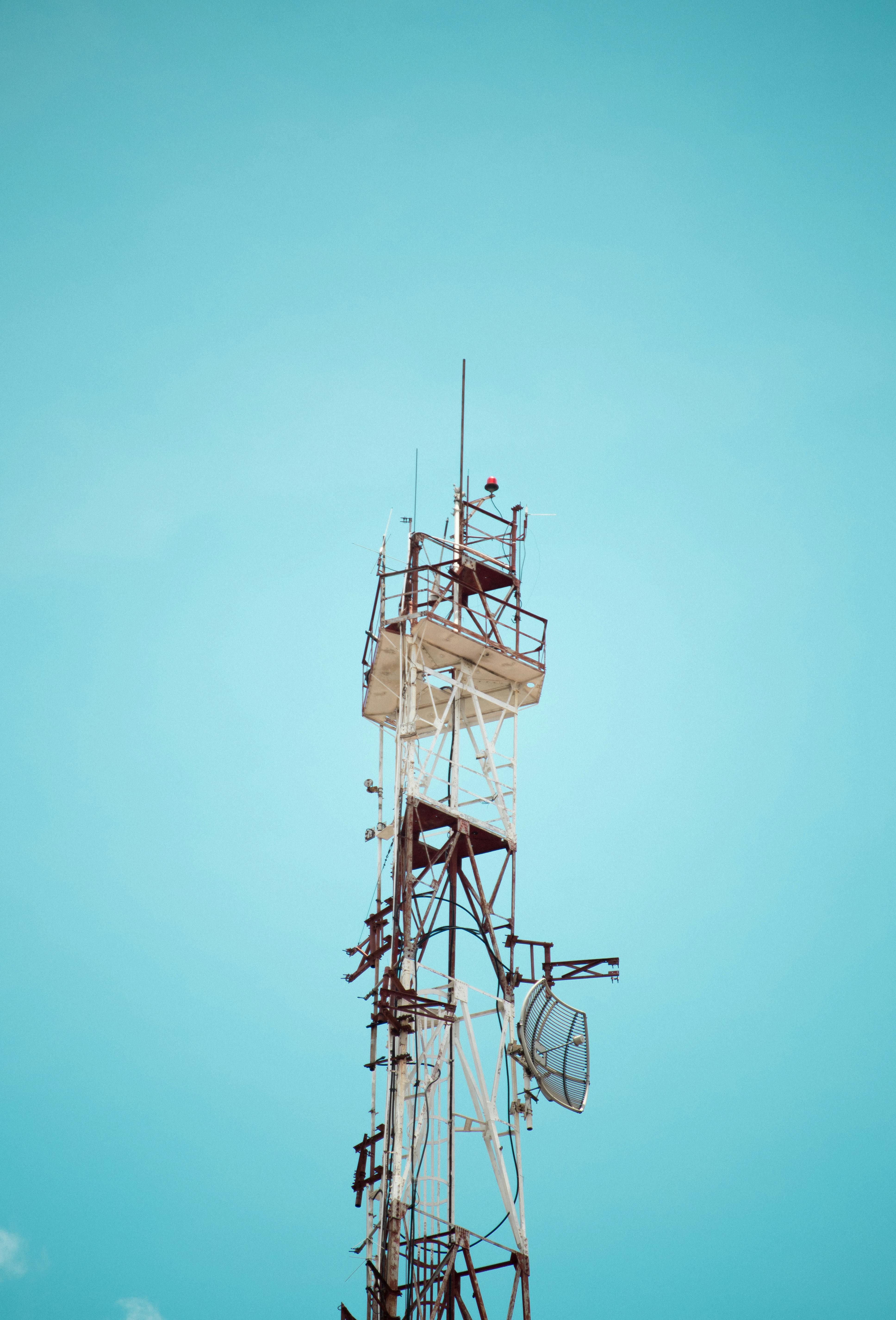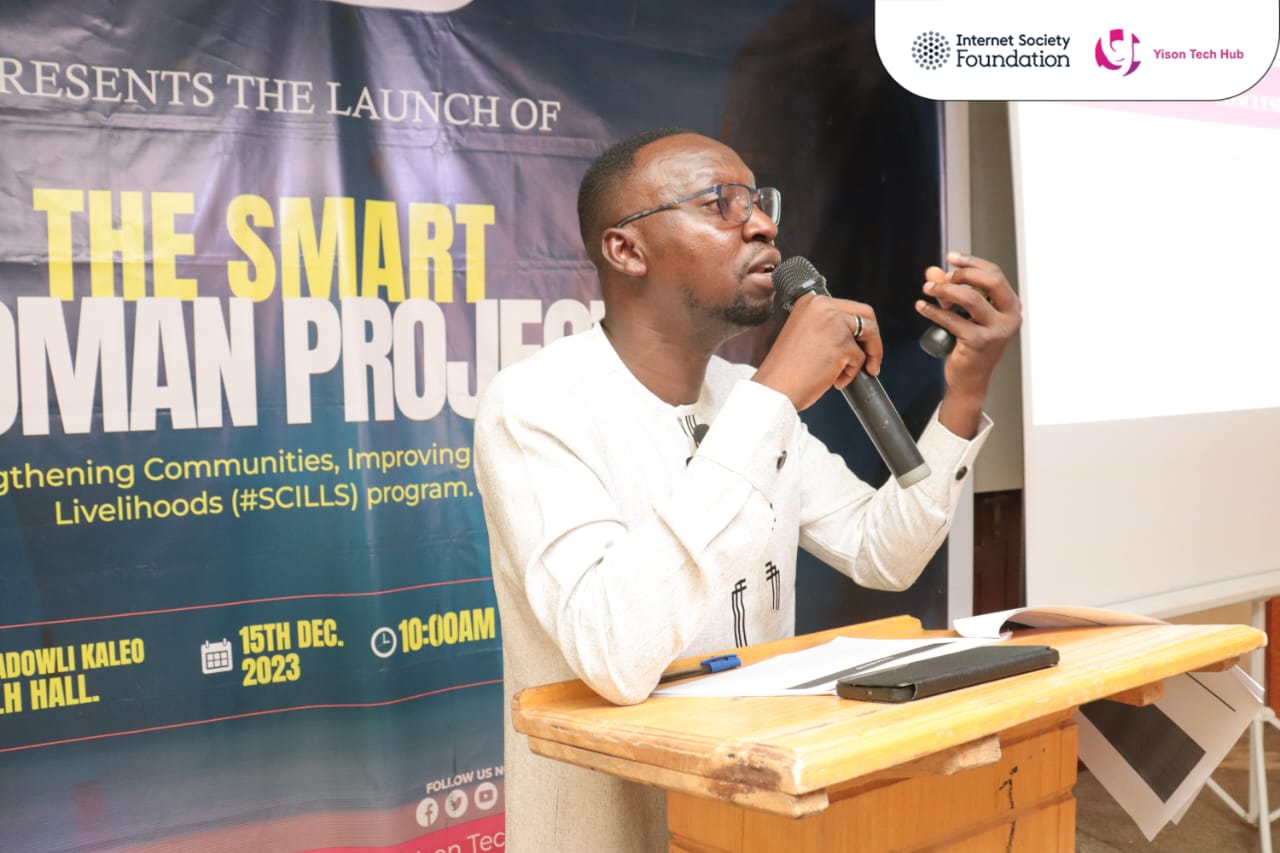
#Featuredpost
In March 2025, Africa’s first satellite-supported phone call was conducted, using a standard smartphone. This breakthrough trial, held in the rural town of Vryburg in South Africa, demonstrated that low-Earth orbit (LEO) satellites could “provide coverage in underserviced, rural and remote areas”.
For the first time, people in remote African communities may soon get reliable phone and data service via satellite links, bypassing the need for cell towers. Below we explore why this milestone matters, from mobile gaming and healthcare to messaging, and how satellite connectivity is changing the game for rural Africa.
Mobile Games Without Connectivity—How the Markets Adapt
We need to welcome initiatives that aim to develop new infrastructure so that the internet becomes available to everyone, regardless of where they live. As today’s life has become vastly digitized, keeping people connected to the global web is a necessary task.
With that being said, digital markets have taken meaningful steps to ease dependence on high-speed internet in order to expand their customer base. The gaming industry is pioneering in this effort, not only in Africa but globally.
Some advanced platforms and their offerings, such as Ignition casino’s mobile poker, have designed games with lightweight graphics so players don’t feel the need for high-speed internet. Some of these gaming platforms even offer two different versions of their games: the full version and a light version with only the primary features. Recently, however, a new trend has emerged: offline-capable mobile poker apps.
Game developers are releasing other versions of popular poker games that can be downloaded once and played without continuous internet access. In fact, several free poker apps now let users play full tournaments against AI opponents entirely offline. These apps, often intended for practice or casual play, store game data locally and don’t involve real-money bets, meaning rural players can enjoy poker anytime without needing 4G or even 3G. It’s a clever workaround for low-connectivity areas.
These changes help prove the fact that when markets and industries adapt to current circumstances, satellite connectivity may arrive late, but ensuring everyone has reliable internet access is simply a necessity.
Telemedicine’s new lifeline
One clear example is telemedicine. In places like Zimbabwe, new satellite internet services have begun to connect rural patients with urban doctors in real time. When Elon Musk’s Starlink constellation went live in Zimbabwe in 2024, local innovators jumped to use it for healthcare.
With a satellite link, a patient in a village can have a video call with a specialist in the capital – seeing and hearing each other nearly as clearly as if they were in the same room. Doctors can spot symptoms over video that would be missed in a crackly phone call, improving diagnostic accuracy.
As a chief executive noted, his team’s doctors conduct video exams with “near in-person clarity, seeing fine visual details essential for accurate diagnoses”. For a rural patient, that quality of consultation was unheard of before satellite internet arrived.
Telegram’s African growth gets boosted by Satellite Connectivity
When it comes to person-to-person connectivity, few tools are as important as messaging apps. In Africa, one messaging service in particular – Telegram – has been seeing a surge in popularity, especially in communities seeking reliable, low-cost communication and entertainment through Telegram. The platform is known for its light data footprint and offline-friendly design, making it well-suited to areas with intermittent connectivity. Now, with satellites extending the internet into rural towns, Telegram’s reach in Africa is poised to grow even further, riding on these new cosmic networks.
One major advantage Telegram has in low-connectivity settings is its efficiency with data. Text messages on Telegram are cloud-synced but consume very little bandwidth. Crucially, Telegram doesn’t require all parties to be online simultaneously; messages sit on the cloud. So if a villager only gets online during a brief satellite pass, their Telegram app will automatically sync all the new messages and community updates, which they can read offline until the next pass. This store-and-forward model fits perfectly with intermittent satellite internet availability.
The result is that satellite connectivity could turbocharge Telegram’s growth in Africa’s hinterlands as the continent becomes globally attractive. We’re already seeing early signs: community leaders are creating local Telegram groups for villages that recently got connected via satellite ISP terminals or direct-to-phone satellite service. Teachers share homework via Telegram channels that students download when the signal permits. Farmers join market-price discussion groups and download the messages whenever their rugged satellite phone catches a signal.
Unlike traditional SMS, which may not work at all without cell coverage, Telegram over satellite can deliver a rich stream of content – photos, voice notes, PDFs – as soon as a link is available, no matter how remote the recipient. It’s no wonder experts predict messaging apps will be among the biggest winners of expanded rural connectivity.
#Featuredpost
Read Full Story











Facebook
Twitter
Pinterest
Instagram
Google+
YouTube
LinkedIn
RSS